The process of socializing a Shiba Inu is both an art and a science, requiring patience, consistency, and a deep understanding of the breed’s unique temperament. Known for their spirited personality and independent nature, Shiba Inus can be challenging to socialize, but with the right approach, they can grow into well-adjusted and confident companions. The key lies in early exposure, positive reinforcement, and a gradual introduction to various environments, people, and other animals.
Understanding the Shiba Inu temperament is the first step toward effective socialization. These dogs are often described as cat-like due to their aloofness and self-reliant behavior. Unlike more gregarious breeds, Shibas tend to be reserved around strangers and can exhibit strong territorial instincts. This doesn’t mean they’re unfriendly—rather, they’re selective about their interactions. Recognizing this trait helps owners tailor their socialization efforts to build trust rather than force familiarity.
Early socialization is critical for Shiba Inu puppies. The prime window for exposure is between three and fourteen weeks of age, when puppies are most receptive to new experiences. During this period, introducing them to a variety of sights, sounds, and smells can significantly reduce fearfulness later in life. However, it’s essential to proceed at a pace that doesn’t overwhelm the puppy. Forcing too much too soon can backfire, leading to anxiety or defensive behaviors.
Positive reinforcement is the cornerstone of successful Shiba Inu socialization. These dogs respond poorly to harsh corrections or punitive measures, which can trigger stubbornness or even aggression. Instead, rewarding calm and curious behavior with treats, praise, or playtime reinforces positive associations. For example, if a Shiba remains relaxed while meeting a new person, immediately offering a high-value treat helps them link the experience with something enjoyable.
One of the most common challenges in socializing Shibas is their tendency to be reactive toward other dogs. Due to their strong prey drive and dominant streak, they may display aggression or excessive barking when encountering unfamiliar canines. To mitigate this, controlled introductions in neutral spaces are advisable. Starting with calm, well-mannered dogs and gradually increasing the complexity of interactions can help a Shiba learn appropriate social cues.
Exposing a Shiba Inu to different environments is equally important. Urban settings, parks, and busy streets all present unique stimuli that can either intrigue or unsettle the dog. Short, frequent outings allow the dog to acclimate without becoming stressed. Carrying treats during these excursions enables owners to reward desirable behaviors, such as ignoring loud noises or walking politely on a leash.
Another often overlooked aspect of socialization is handling exercises. Shibas, with their independent streak, may resist being touched or groomed. Regularly touching their paws, ears, and tail—paired with treats—can desensitize them to handling, making vet visits and grooming sessions far less stressful. This practice also strengthens the bond between owner and dog, as it builds trust through gentle, positive interactions.
Consistency is vital throughout the socialization process. Shiba Inus thrive on routine and clear expectations. Inconsistent training or mixed signals can confuse them, leading to frustration on both sides. Establishing a set of rules and sticking to them helps the dog understand what’s expected, whether it’s not jumping on guests or waiting patiently before meals.
While socialization is often associated with puppyhood, adult Shiba Inus can also benefit from ongoing exposure. Rescue dogs or those with limited early socialization may require extra patience, but progress is still possible. The principles remain the same: gradual exposure, positive reinforcement, and a calm, assertive demeanor from the owner.
Ultimately, socializing a Shiba Inu is about balancing their natural instincts with the need to coexist harmoniously in human society. By respecting their independence while gently guiding them toward positive experiences, owners can help their Shibas become confident, well-mannered companions. The journey may require time and effort, but the reward—a happy, well-adjusted dog—is well worth it.
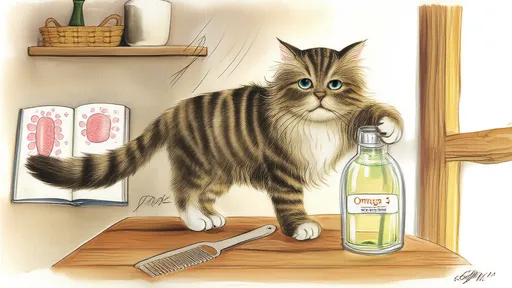
By /Jun 28, 2025
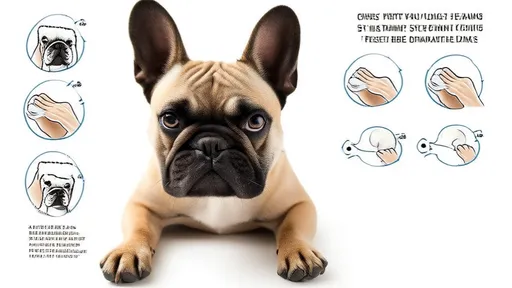
By /Jun 28, 2025
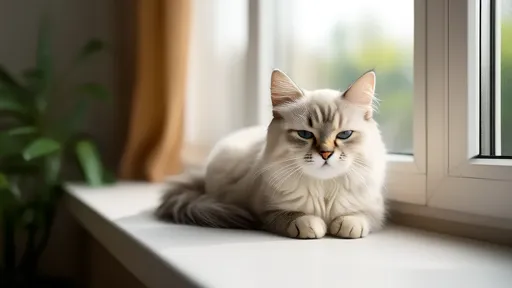
By /Jun 28, 2025
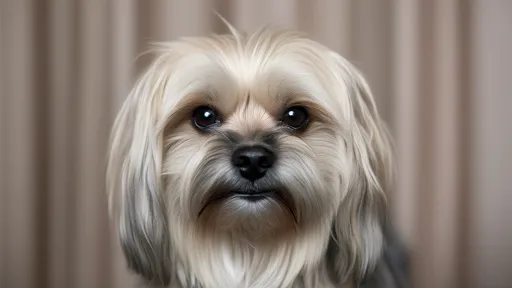
By /Jun 28, 2025
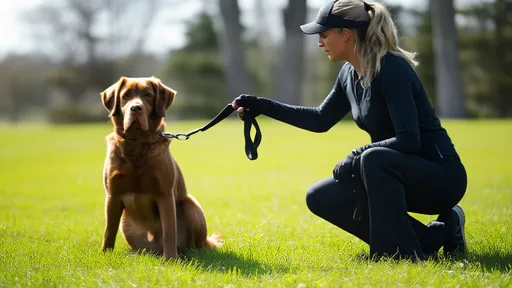
By /Jun 28, 2025
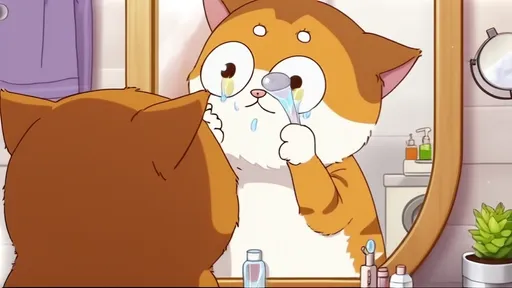
By /Jun 28, 2025
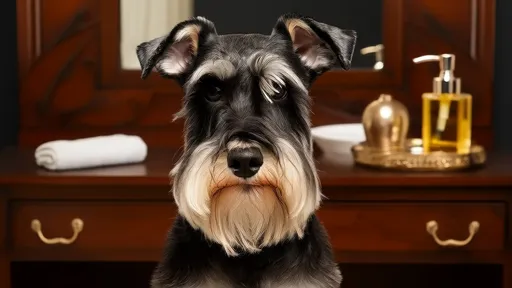
By /Jun 28, 2025
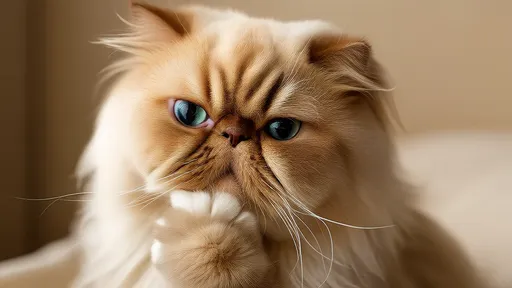
By /Jun 28, 2025
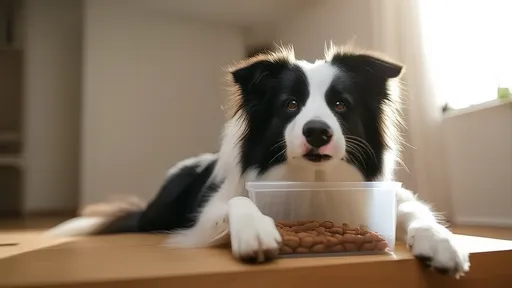
By /Jun 28, 2025

By /Jun 28, 2025
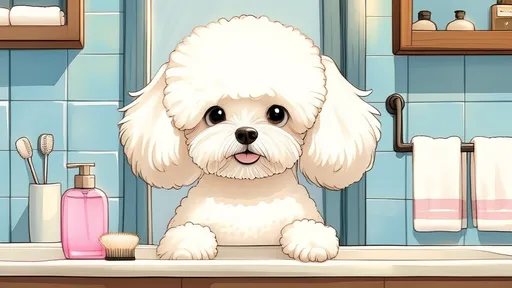
By /Jun 28, 2025
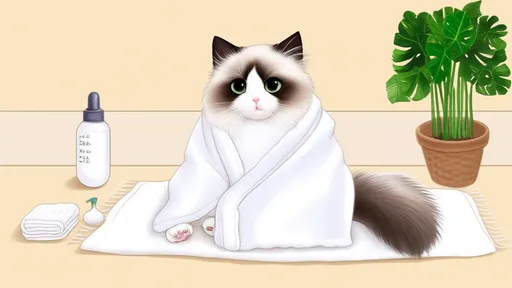
By /Jun 28, 2025
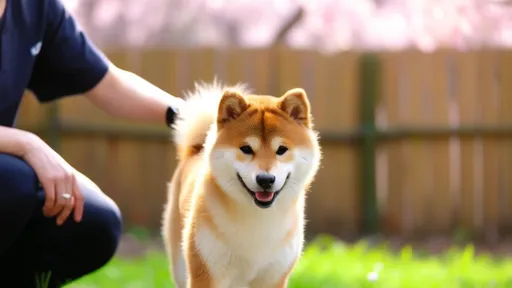
By /Jun 28, 2025
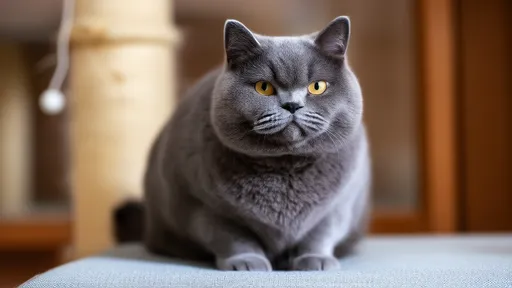
By /Jun 28, 2025
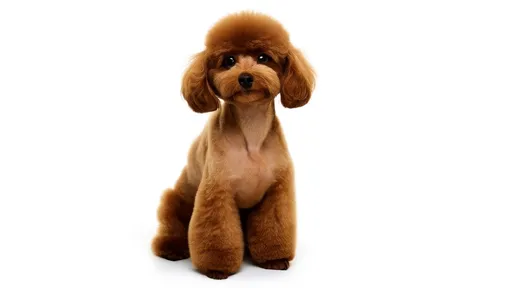
By /Jun 28, 2025
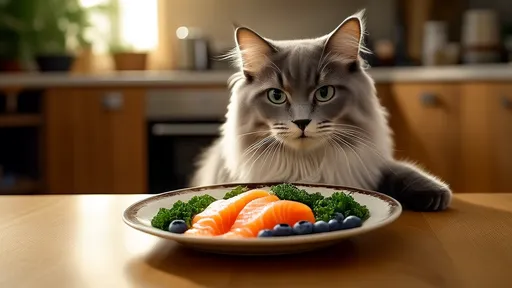
By /Jun 28, 2025
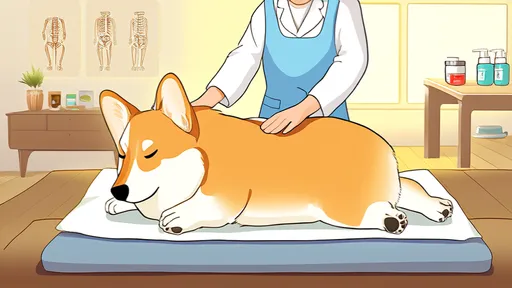
By /Jun 28, 2025
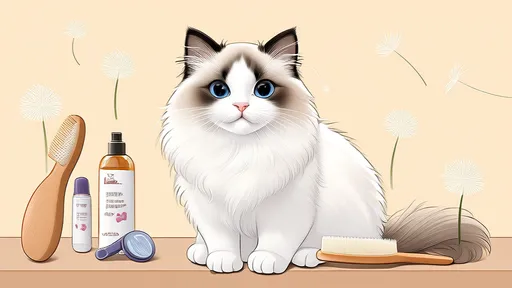
By /Jun 28, 2025